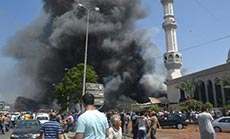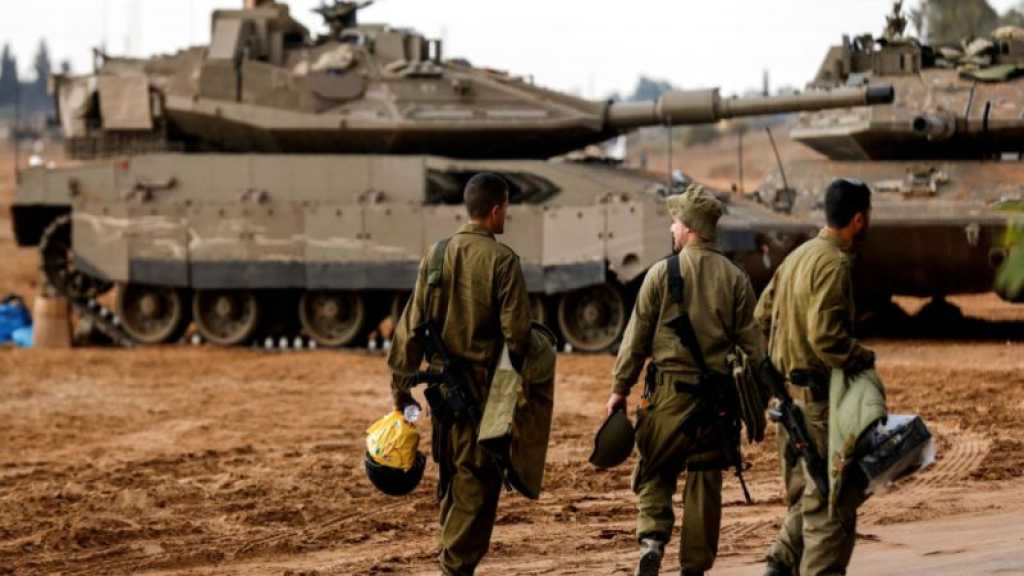
The ‘Roweisi’ Tripoli

Elias Kattar
Al-Balad daily, 24-8-2013
Here is Tripoli. Here are its wounds. Here, the scene differs from its predecessors. The smoke's color is different...The size of the disaster has widened. The odor of sedition is stronger. Here Tripoli's Roweiss. Tripoli, experienced Friday bombings with different bitterness. Here exists a different timing and a different symbolism.
 It seems that the fate of this city is not to enjoy calm neither before nor after the Syrian crisis. It is true that Tripoli has never subsided. However, it is the same Jabal Mohsen, the side of the eternal fight that escalated after Syria's crisis, which rushed to donate the blood of its sons to the city's wounded .
It seems that the fate of this city is not to enjoy calm neither before nor after the Syrian crisis. It is true that Tripoli has never subsided. However, it is the same Jabal Mohsen, the side of the eternal fight that escalated after Syria's crisis, which rushed to donate the blood of its sons to the city's wounded .
It is true that the same area [Jabal Mohsen] is the heroine of the talk when it comes to an isolated area.
But what happened yesterday [Friday] can't be compared to any of the bombs that were randomly thrown, to any of the bullets that used to penetrate the buildings at night, or the snipers' shooting that used to nest on surfaces. Simply, what the city witnessed Friday is the hardest experience the entire north lived since Nahr al-Bared incidents in 2007.
Meanwhile, even the simplest people were expecting an explosion in a Sunni area. It is the folk analysis that led to the equivalent of three:
- The first was broadcast by extremist groups: a Sunni blast in face of every blow of the Shiites.
- The people of the second analysis seemed more sophisticated and conscious. Thus, they talked of hidden fingers trying to consolidate the rift between Sunnis and Shiites.
- And the third analysis went further to allude that the Sunnis are regaining their stolen injustice after the Lebanese Shiites stole it due to the bloody blasts in Bir al-Abed and Roweiss.
Meanwhile, the comments of some March 14 figures came weak, with the reiteration of their well-known proverb: This is what we earned from Hizbullah's intervention in Syria.
This response came simpler than to be camouflaged by the other side: "If things were as March 14 mentioned, the only areas to be targeted were those of Hizbullah, not the regions supporting the enemies' of the Syrian regime."
In parallel, the rational responses after Tripoli's terrorist bombing were breached by some March 14 remarks.
However, these statements remained individual in a sea of consensus on the expulsion of the specter of sedition.
This comes as Hizbullah's position came significant in expressing solidarity with Tripoli, since it tasted the bitter of the same pain a week ago.
For his part, the Grand Mufti of the Lebanese Republic Sheikh Mohammad Qabbani sent the most clear and sounding message: "O Muslims! The Dahyieh blasts aren't that of the Sunnis and those that rocked Tripoli aren't not of the Shiites."
In parallel, two clichés govern the Lebanese arena. These two appear to emerge when things reach the tip: sedition and fifth columnists. And if the first was a fait accompli and its page isn't to be questioned after its infiltration into Lebanon from the Syrian gate, Tripoli's people work on uncovering the fifth column and its complements.
And between sedition and the fifth column, Lebanese House Speaker Nabih Berri sent a great warning of dragging the country into the Iraqi model of tragedy that has stared since 2003 and reached no salvation until today.
Why Tripoli? Why the Sunnis? Why now? Why Lebanon? The answers might not seem important in front of the weight of concerns: Yesterday Dahyieh, Today Tripoli, Tomorrow where?



